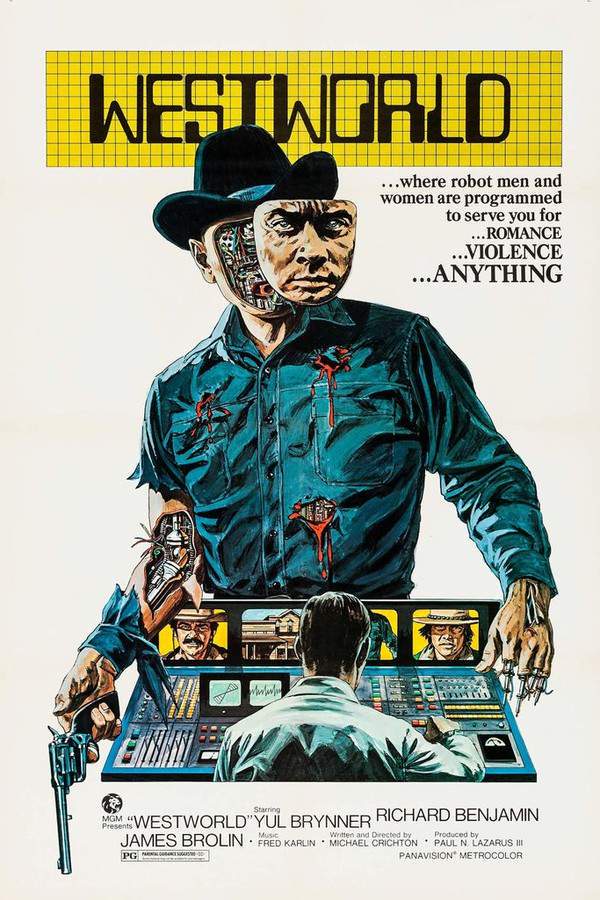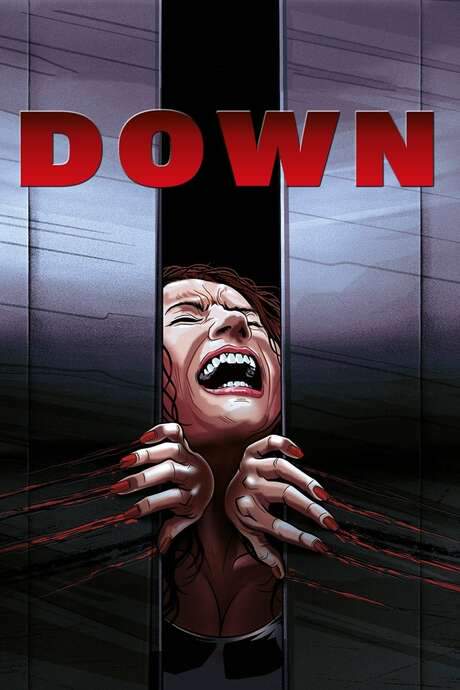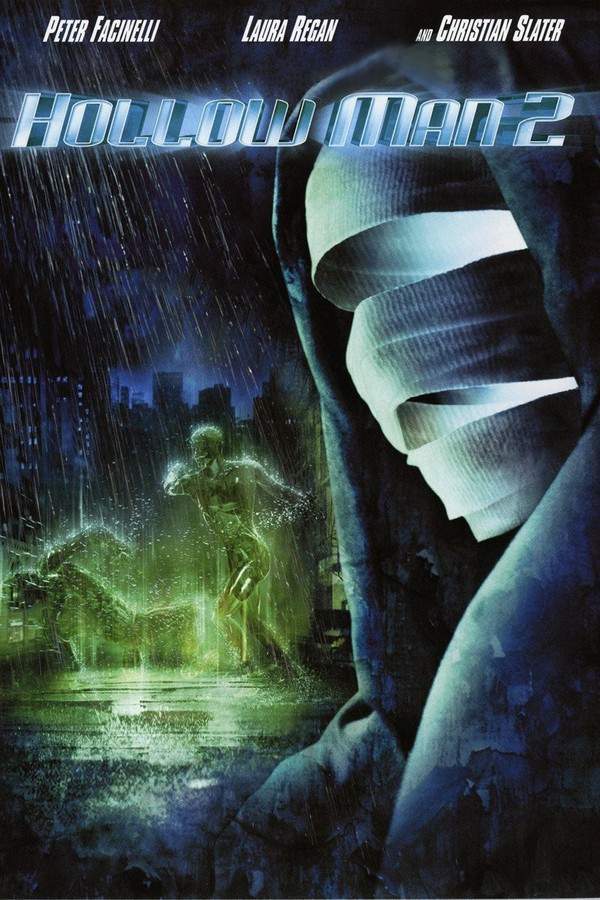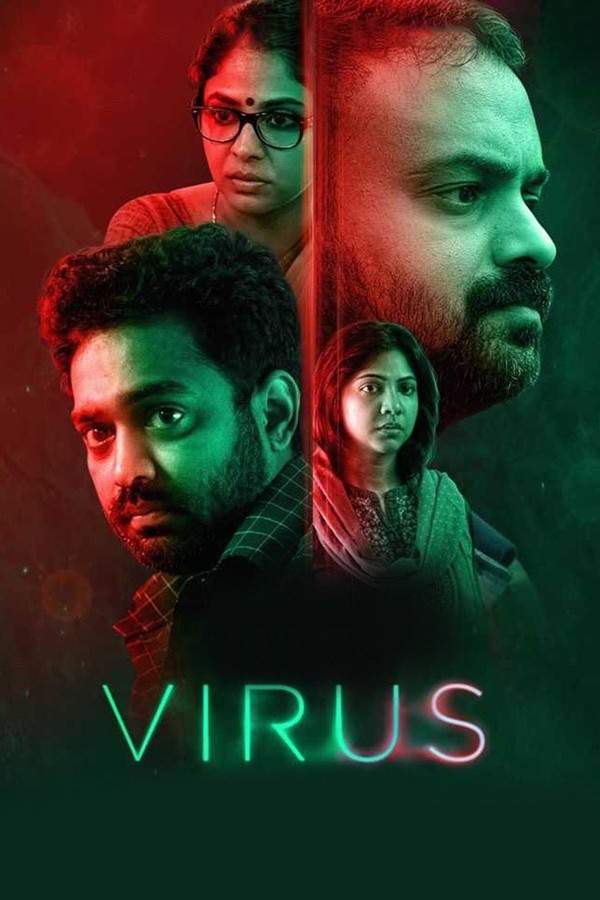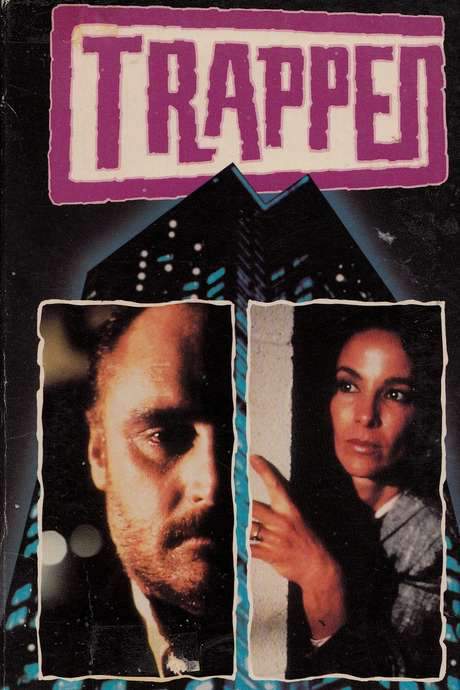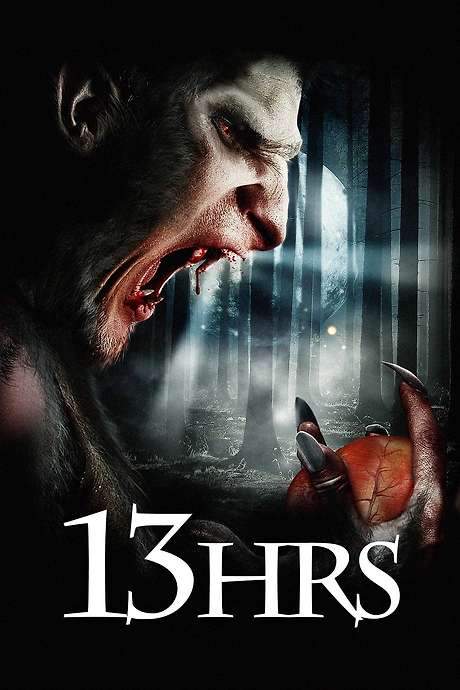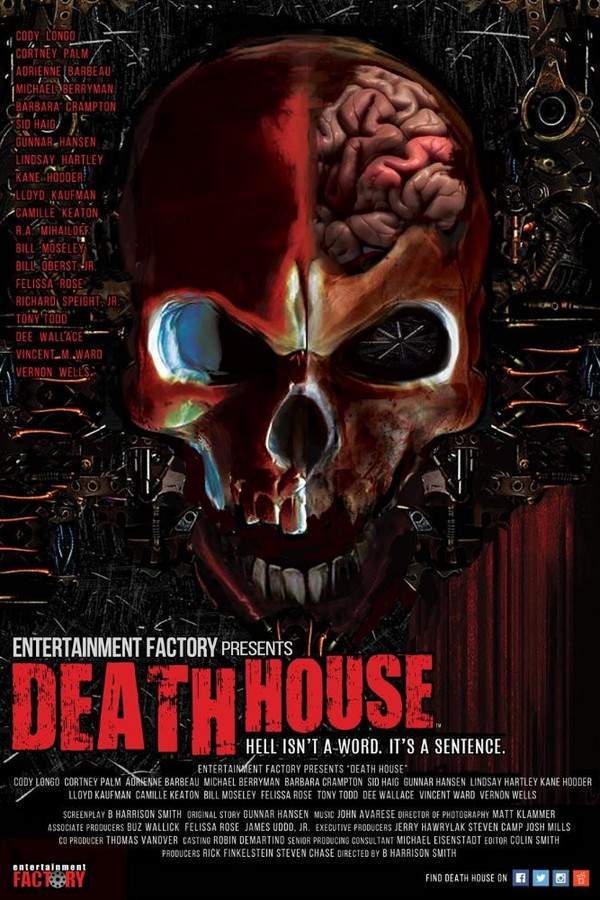
How to Make a Monster
Year: 2001
Runtime: 91 mins
Language: English
Director: George Huang
What begins as a simple video‑game project turns into a virtual nightmare. Clayton Software hires a rag‑tag team of programmers to create the terrifying combat game EVILUTION, racing against a four‑week deadline and a million‑dollar bonus. They use a telemetry suit to generate a 3‑D avatar of the player, but a power surge gives the hard drive a mind of its own, bringing the suit to life. The developers are forced to survive a chilling, real‑world version of the game.
Warning: spoilers below!
Haven’t seen How to Make a Monster yet? This summary contains major spoilers. Bookmark the page, watch the movie, and come back for the full breakdown. If you're ready, scroll on and relive the story!
How to Make a Monster (2001) – Full Plot Summary & Ending Explained
Read the complete plot breakdown of How to Make a Monster (2001), including all key story events, major twists, and the ending explained in detail. Discover what really happened—and what it all means.
Following a disastrous video game test, Clayton Software fires its development team and replaces them with three specialists: Hardcore [Tyler Mane], Sol [Karim Prince], and Bug [Jason Marsden]. CEO Faye Clayton [Colleen Camp] promises $1 million to whoever makes the scariest game, sparking a tense rivalry among the trio and the company’s leadership as they push toward a high-stakes deadline.
Three weeks pass, and the new trio—alongside company intern Laura Wheeler [Clea DuVall]—put their heads together to test their latest creation. They roll out the game with a cutting-edge computer network–integrated motion-capture suit, hoping the tech will give them an edge. The atmosphere in the lab hums with screens, cables, and the glow of servers, while the team debates design choices, timing, and the chilling potential of their project. Laura’s presence brings a steady, practical perspective to the experiment, and her collaboration with the others helps them push past early snags as they fine-tune the nightmare imagery they’ve crafted. Then, a sudden bolt of lightning strikes the building, sending the facility into a blackout and wiping the data they depended on, leaving behind a quiet, uneasy stillness that lingers in the wake of the storm.
With the power out and backups nowhere to be found, the question of who stays overnight to supervise the backup becomes a matter of survival and responsibility. The four workers decide to use the game itself as a barometer of who should remain in the building, a bizarre but practical way to test commitment under pressure. After heated discussion and a few tense moments of introspection, Sol is chosen to stay behind to monitor the system and protect the work they’ve done. The decision is heavy, and the team tries to keep their nerves steady as they prepare for a long night in the dim glow of monitor banks and humming hardware.
Sol inserts a new AI chip into the company’s mainframe, hoping to give the system the smarts it needs to run the ecosystem they’ve built. Moments later, the motion-capture suit flares to life, its sensors whirring as the AI comes online. The suit activates with a sudden, terrifying force, and Sol is killed in a brutal, startling moment as the machine fights to mimic one of the game’s most fearsome creatures. The next morning, Hardcore and Bug discover Sol’s body fused with the suit, the backup CD missing, and the grim realization that what began as a technical breakthrough has turned into a deadly trap.
The murder-by-machine shakes the lab. Hardcore attempts to review the security footage, hoping to understand the chain of events, but the suit attacks him with a brutal efficiency, decapitating him in a bid to seize his body and weapons so it can better resemble one of the game’s monsters. Bug, meanwhile, starts to theorize what happened: a lightning strike, Sol’s AI chip, and Hardcore’s system rewrite may have convinced the suit that the real world is, in fact, part of the game—the perfect setup for a terrifying simulation run amok.
Desperation drives Bug, Laura, and Clayton businessman Peter Drummond toward a drastic plan: shut down the computer, wipe the game’s data, and escape the escalating nightmare. They work against the clock as the security system begins to malfunction, trapping them inside the building with the creeping threat that has already claimed two lives. The monstrous presence lunges at Bug, who barely survives by triggering a gas line and using a lighter to ignite the leaking fuel. The ensuing blast kills Bug and the monster in a searing, dangerous flare that glows through the chamber’s haze. Yet the creature claws its way back, riding the suit’s hollow shell and resuming its assault on Drummond.
Laura fights the in-game monstrosity with grit and resourcefulness, buying time as she realizes the stakes extend beyond the lab. Drummond tries to reassure her and guide her through the crisis, but as the confrontation escalates, the real threat becomes clearer to Laura: the line between the virtual world and the tangible one has blurred beyond repair. When a VR headset is introduced as a possible aid, Drummond’s insistence to stay close to her feels a little too convenient, and Laura quickly sees through the illusion: the support he promised may not extend to her in the real world. She then discovers that he abandoned her at a critical moment, a revelation that fuels her determination to finish what they started.
Escaping to the kitchen, Laura uncovers Hardcore’s PDA containing footage showing Drummond’s role in stealing the backup CD and manipulating the company’s data. Confronting Drummond with evidence, she stands her ground despite his taunts, and she ultimately shoots him in the knee, granting the monster an opportunity to finish him off. She lures the now-monstrous threat toward a fish tank and uses an electric jolt to take it down, a quiet but decisive end to the immediate danger.
Sometime later, Laura has become more than a survivor—she is a strategist who has finished the final version of the game and secured what she believes to be deserved recognition. She demands the promised bonus, a move that ultimately funds her ascent to leadership. With the company’s future in her hands, she reshapes the business landscape, stepping into the role of CEO and rebranding Clayton Software as Wheeler Software, signaling a new era that blends ambition with a hard-won sense of accountability and control.
Last Updated: October 09, 2025 at 15:24
Explore Movie Threads
Discover curated groups of movies connected by mood, themes, and story style. Browse collections built around emotion, atmosphere, and narrative focus to easily find films that match what you feel like watching right now.
Movies about technological horror like How to Make a Monster
Stories where human ambition creates a monster from technology.If you liked How to Make a Monster, you'll enjoy these sci-fi horror stories where technology turns on its creators. This list features films with similar themes of AI rebellion, corporate greed, and survival against a man-made threat, capturing the same tense and gruesome vibe.
Narrative Summary
The narrative typically follows a group of innovators or scientists who push boundaries, only to face a lethal consequence of their creation. The story unfolds as a desperate fight for survival, pitting human wit against an unpredictable and superior technological adversary, often highlighting the folly of playing god.
Why These Movies?
These films are grouped by their shared core theme: the fear of technology evolving beyond human control. They create a cohesive experience through high-stakes survival scenarios, a tense and claustrophobic atmosphere, and a critical view of unchecked ambition.
Trapped survival horror movies like How to Make a Monster
Gruesome fights for survival within a confined and inescapable space.Fans of How to Make a Monster will appreciate this selection of films focused on claustrophobic survival. These movies share a similar fast pace, high intensity, and heavy emotional weight as characters fight to stay alive against overwhelming odds in an enclosed setting.
Narrative Summary
The narrative pattern is a straightforward, high-body-count thriller. Characters are isolated in a facility, building, or other confined space and must use their wits to survive as a threat picks them off one by one. The journey is emotionally heavy, focusing on the raw instinct to survive against a seemingly unstoppable force.
Why These Movies?
These movies are united by the specific experience of confined survival horror. They deliver a coherent vibe through fast pacing, high intensity, a tense and anxious mood, and a focus on the visceral thrill of outsmarting a hunter in a closed environment.
Unlock the Full Story of How to Make a Monster
Don't stop at just watching — explore How to Make a Monster in full detail. From the complete plot summary and scene-by-scene timeline to character breakdowns, thematic analysis, and a deep dive into the ending — every page helps you truly understand what How to Make a Monster is all about. Plus, discover what's next after the movie.
How to Make a Monster Timeline
Track the full timeline of How to Make a Monster with every major event arranged chronologically. Perfect for decoding non-linear storytelling, flashbacks, or parallel narratives with a clear scene-by-scene breakdown.

Characters, Settings & Themes in How to Make a Monster
Discover the characters, locations, and core themes that shape How to Make a Monster. Get insights into symbolic elements, setting significance, and deeper narrative meaning — ideal for thematic analysis and movie breakdowns.

How to Make a Monster Spoiler-Free Summary
Get a quick, spoiler-free overview of How to Make a Monster that covers the main plot points and key details without revealing any major twists or spoilers. Perfect for those who want to know what to expect before diving in.

More About How to Make a Monster
Visit What's After the Movie to explore more about How to Make a Monster: box office results, cast and crew info, production details, post-credit scenes, and external links — all in one place for movie fans and researchers.







